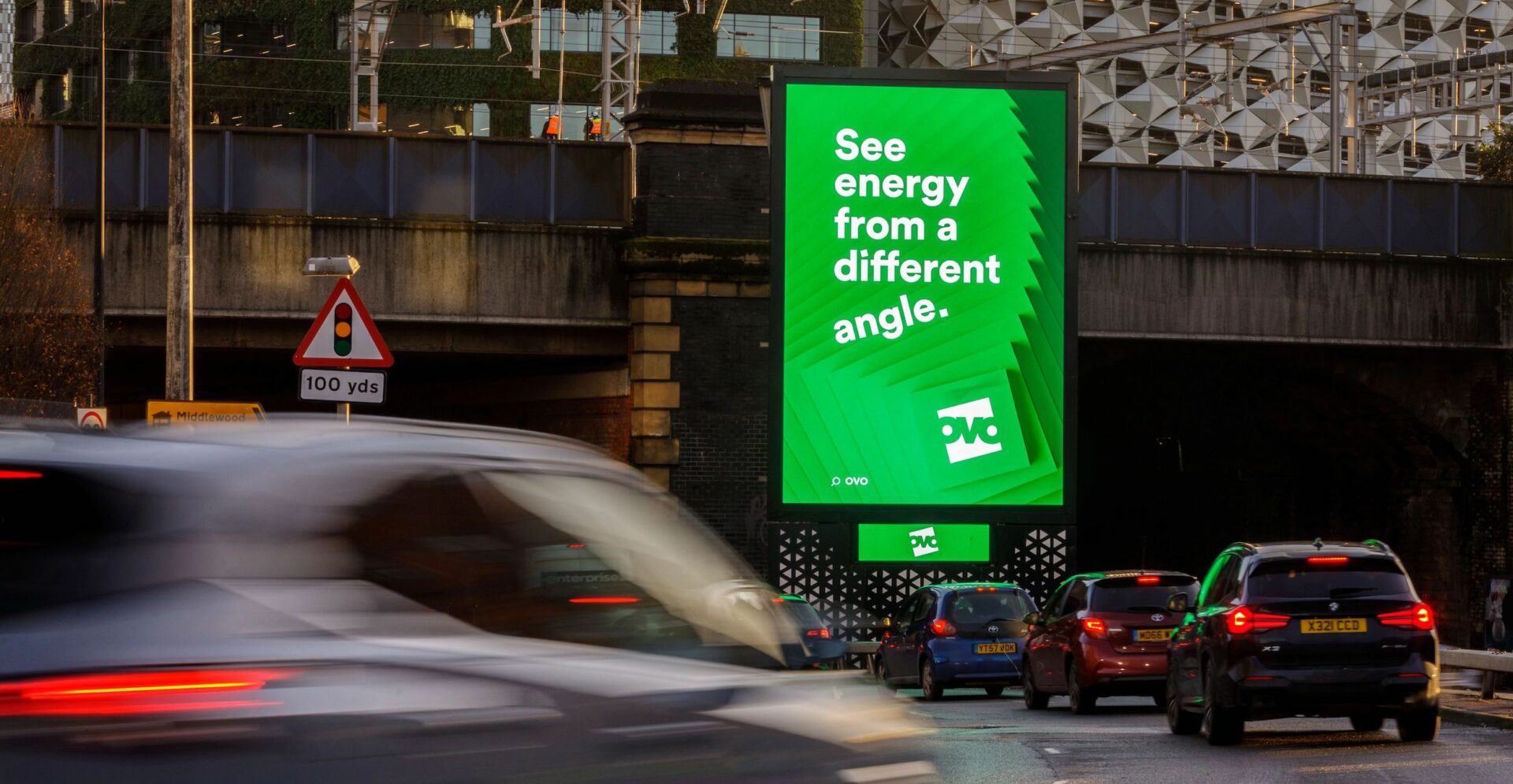COVID-19 and the Rise of Private Jet Travel
Private Aviation: Pioneering the Travel Industry’s Recovery
In the midst of a global pandemic, it is no surprise that the travel industry has been heavily impacted and will continue to be for months to come.
Global travel as we know it will change, with new immigration and national health controls potentially limiting flights between countries. New aircraft seating plans and designs to minimise physical contact, for instance removing the middle seat, will potentially reduce the capacity of planes. The frequency of flights will likely decrease, and prices will generally inflate. While these are drastic changes, international travel is integral to many people’s lives, so we can expect it to make an eventual recovery. However, in the short and medium term, we also have reason to believe that these changes will trigger a demand for charter flights. Having already seen evidence of this prior to lockdown, we can anticipate further demand as travel restrictions alleviate.
Since the start of the year, global travel figures have declined significantly, however just before the lockdown, private jet travel saw a huge spike in numbers. According to WingX data, there was an 80% YoY uplift in passenger traffic to Ibiza in February (Private Jet Media, PJM). Meanwhile, commercial airlines were seeing the same percentage in passenger loss. It seems people needed to get home safely and quickly before restrictions were enforced, so private aviation was considered the most viable solution for those who could afford it.
Although there has since been a decline in private aviation, it is not to the same extent as with commercial airlines. Following the announcement of the lockdown, there have been over 545 private planes enter the UK from overseas, including flights from Spain, France and the US. Private jets and FBOs have shown their flexibility and resilience by remaining operational throughout the pandemic. They are frequently used for repatriation flights and to safely transport supplies to affected regions. Passengers who could never justify the cost of flying privately, are now also considering this a safer option. Experts believe that despite the current decline, private aviation will be the first to recover once people start travelling again.
We on the Plexus team have strategically planned campaigns for brands in FBOs for years. However, with the increasing importance of the environment and the expected influx of new passengers, we are now advising certain brands who may not have explored this space previously, to also consider it as a key environment within their media strategy.

An observatory study conducted by Globe Air found that there are 270 possible person-to-person interactions when flying commercially, versus less than 20 on private flights. By nature, private jets follow social distancing rules, making them appealing to passengers at a time like this. They are also easier to clean, which is integral in the current climate and will continue to be in the future. Additionally, new technological safety measures like InstaScan can be carried out very quickly and easily in FBOs. InstaScan (developed by Esprit Digital and exclusively distributed by PJM) checks the body temperature of passengers to detect whether they are likely to be carrying a flu-like virus and therefore, whether they should travel.
When considering business travel, companies will be conscious of their corporate duty of care. According to Magellan Jets’ CEO, businesses who would ordinarily fly their executives on first class commercial flights, now deem it safer to fly them on a private aircraft. This is important for brands who want to reach not only (U)HNWIs, but also a wider C-Suite business audience. Previously for this audience, brands may have only explored out-of-home within airline lounges, however we would now encourage them to also consider the private aviation space as a valuable touchpoint to target business travellers.
Globally there will be a huge economic impact as a result of the pandemic, but the private jet audience are less likely to feel the financial repercussions since they are typically UHNWIs, royals, celebrities and politicians. Whereas commercial aviation relies heavily on a mass audience, who will be more likely to cancel trips for financial safety. Private jet users have significant spending and decision-making power, so it is integral for brands to be at the forefront of their minds. In China, we have seen luxury consumers engaged in what has been branded as ‘revenge-spending’. With the substantial spending power of private jet users, we would also recommend that luxury brands consider advertising within this space.
The Plexus team are constantly monitoring the impact of coronavirus on aviation to ensure we can effectively advise our clients on how they can adapt their media strategy to reach their target audience. We are utilising our relationships with vendors such as JCDecaux (who have Signature Luton in their portfolio) and Private Jet Media, to receive first-hand accounts of the circumstances within the FBOs themselves. Despite lockdown, FBOs are already displaying early signs of recovery, painting a positive picture for the near future.
So, while it is true that international travel has somewhat suffered at the hands of the coronavirus pandemic, there is evidence that the industry will recover. Leading that recovery will be private aviation and its elite audience.
Source: Forbes, Private Jet Media, WingX, The Times, Magellan Jets, Aviation Week, Globe Air



